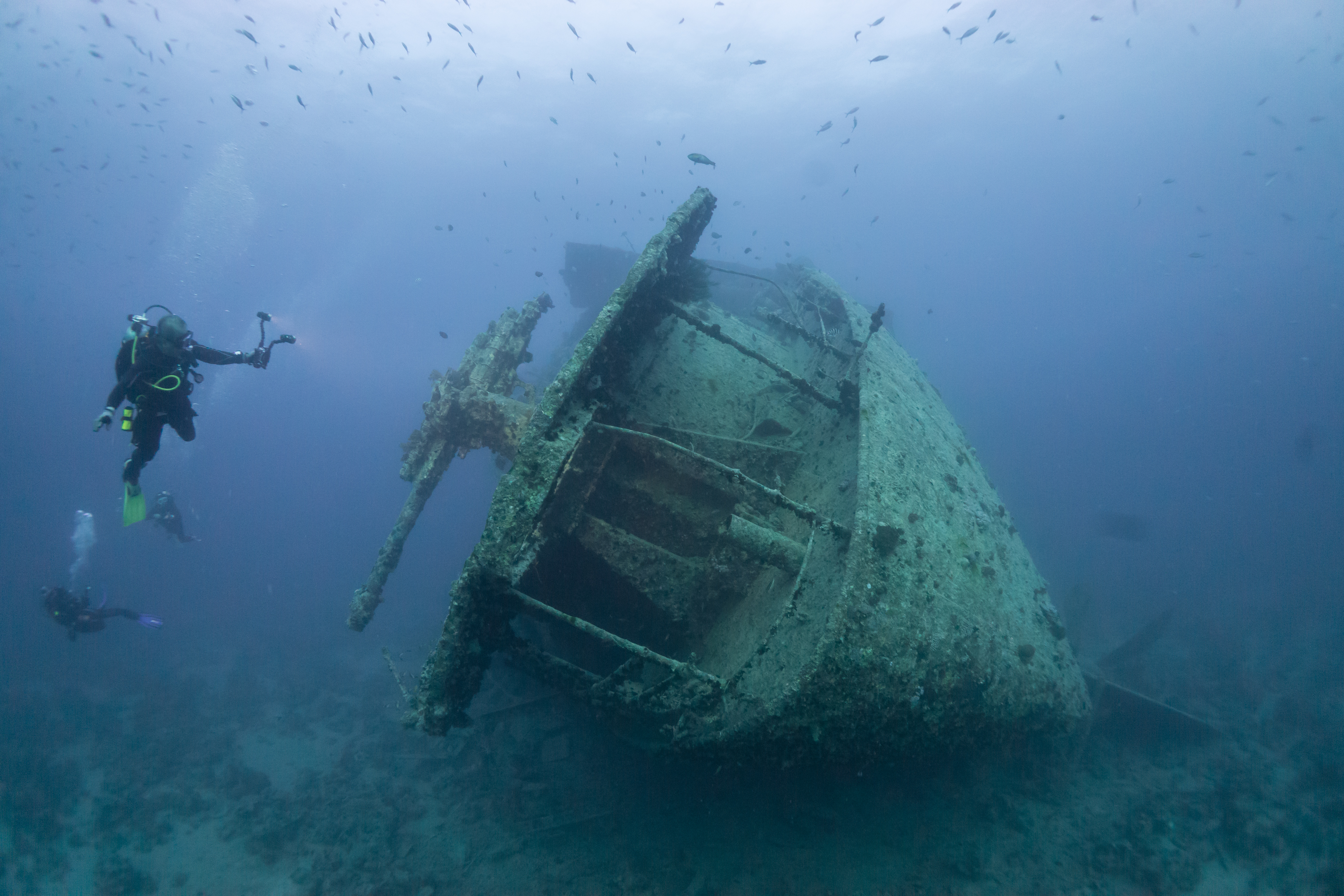A gloriously diverse coral reef is thriving on a World War Two shipwreck that lies at the bottom of the Red Sea, harboring a diverse gang of brightly colored fish, giant eels, and endangered species. As explained by a new study, the shipwreck shows how artificial reef structures may have the possibility to help corals face the threat of the climate crisis.
With the help of data collected by “citizen scientists” who recreationally dive in the area, marine biologists at the University of Bologna in Italy looked at the wealth of biodiversity that inhabits the wreck of the SS Thistlegorm.
Their work revealed the shipwreck had fostered a robust and healthy coral reef that was home to species representing over 70 groups of plants and animals. These included giant moray eel, Red Sea clownfish, squirrelfish, and humpback batfish.
Warming temperature caused by climate change has already put gigantic stress on the world’s coral reefs. If current trends continue, it’s likely that we’ll live in a world without coral by the end of the century.
Although the science isn’t settled yet, artificial reef structures like this could possibly be a way to help coral cope with the strain of warming waters.
“Wrecks, and especially big shipwrecks, are one of the possible examples of artificial reef structures that are being studied as possible help for coral reef to cope with climate change,” Erik Caroselli, study author and associated professor at the University of Bologna, told IFLScience.
“One of the aspects is the possible use of artificial reefs to help coral reefs species to shift to cooler waters as sea temperatures increase due to global warming. In some areas, this may be difficult because the sandy bottom acts as a barrier for hard bottom species (eg. corals, who must settle on hard substratum). So it has been proposed that hard artificial structures (e.g. wrecks) may act as ‘bridges’ of hard bottom and allow these communities to pass over these sandy barriers,” he explained.
“Our study did not answer the question, but provided an indication that in this particular wreck, a relatively stable coral reef community is actually present,” continued Caroselli.
As for the shipwreck, the SS Thistlegorm was a 126-meter (415-foot) long British cargo steamship that was hit by German bomber aircraft in the Red Sea in 1941 during the Second World War. The ship quickly sank to the seabed, killing nine of the 42 men aboard.
While its demise was a tragic loss, it looks like the ship’s watery afterlife has managed to cultivate some incredible new possibilities.
“Jacques Cousteau discovered the wreck in 1955, and since the 1990s it has become a popular dive site. The biodiversity we analyze in the study is the result of about 70 years of natural colonization of the wreck by organisms from nearby coral reefs,” said Caroselli.
“Of course, since mass diving tourism was attracted by the wreck, this recolonization also had to cope with the impact from tourism,” he added.
The study is published in PLOS ONE.
Source Link: A Glorious Coral Reef Is Thriving On A WW2 Shipwreck In Red Sea
